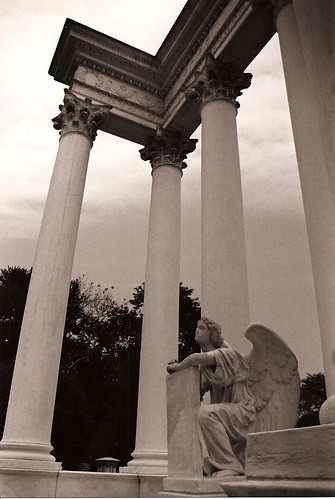No bottom in sight as new-home slide accelerates
Dashing hopes that the housing slump would soon bottom out, new-home sales in the Chicago area fell even faster in the first quarter as the market meltdown spread from the suburbs to the city.
Residential developers in the Chicago area sold 5,341 homes in the quarter, down 35% from a year earlier and the weakest showing in more than 11 years, according to a report by Tracy Cross & Associates Inc., a Schaumburg-based real estate consulting firm. City sales, which held up better than the suburban market last year, plummeted to 1,170 units, a 44% drop from the year-earlier period and the lowest volume in 15 quarters.
"Everybody was waiting for spring," when buyers re-emerge, but "it just didn't come," says Tracy Cross, president of the firm. "This is definitely the steepest downturn we've seen" since the early 1980s.
Recession is rippling through the homebuilding industry, one of the area's biggest employers, with nearly 285,000 workers, from architects to carpenters. Contractors and developers have slashed payrolls and stopped building houses on "spec," meaning before finding a buyer. Many are cutting prices to goose demand, and the median sale price for single-family homes fell 1.7% to $299,470, the report shows.
Experts predicted the new-home market would hit bottom this spring after six straight quarters of falling sales. But recovery now appears further away, particularly in the city, where developers continue to build despite the precipitous drop in sales.
"We've seen continued softening in April," says Dan Star, Illinois division president for Dallas-based Centex Corp., which sold 1,150 homes in the Chicago area last year. "Traffic is down. Contracts are down. I think this will go on for another six months or year or longer."
Centex's local workforce is about half the size it was at the peak of the housing boom in 2005, when it employed "well over" 200 people, Mr. Star says. The company's Chicago-area sales in the most recent quarter were roughly flat, he says, declining to disclose specific sales or employment figures.
Demand started falling in 2005 as rising interest rates, combined with lofty prices, put homes out of reach for many buyers. Builders are likely feeling the after-effects of the ultra-low interest rates that drew large numbers of buyers into the market earlier in the decade but left little demand for later years. Mr. Cross estimates that as many as 7,000 local apartment renters a year became buyers during the boom, a number close to zero now.
Recent turmoil in the subprime lending market also may be crimping demand, as tighter lending standards make it harder for people to finance home purchases, Mr. Star says. Compounding those woes is the growing reluctance of consumers to buy homes in a declining market.
The first-quarter sales decline was the sharpest since the downturn began, according to Tracy Cross. On a seasonally adjusted annualized basis, sales slid to 18,927 units, down 26% from 22,226 in the previous quarter and 46% from the peak of 35,264 in second-quarter 2005.
As suburban sales tumbled last year, the city held up relatively well, logging its second-best year ever. That changed in the first quarter, when city sales fell 44% vs. 32% in the suburbs.
The supply of unsold condominiums in downtown high-rises under construction is growing even as demand is declining. Speculators — investors who buy condos to flip them for quick profit — fueled the boom but have all but disappeared from the market. And developers are likely to face stiff competition from the resale market, as thousands of owners of recently built condos put their units back up for sale, Mr. Cross says.
"You should see continued erosion in the city," he says.
The Chicago Home Buzz is already printed and mailed and the stats in our report shows a 35% reduction in sales compared to ehe previous quarter. For a copy of our CHB report email me!
©2007 by Crain Communications Inc

 Market Snapshot of Lincoln Park (Chicago) single-family homes for Fall Quarter, 2008 ChicagoHomeBuzz.com
Market Snapshot of Lincoln Park (Chicago) single-family homes for Fall Quarter, 2008 ChicagoHomeBuzz.com 




